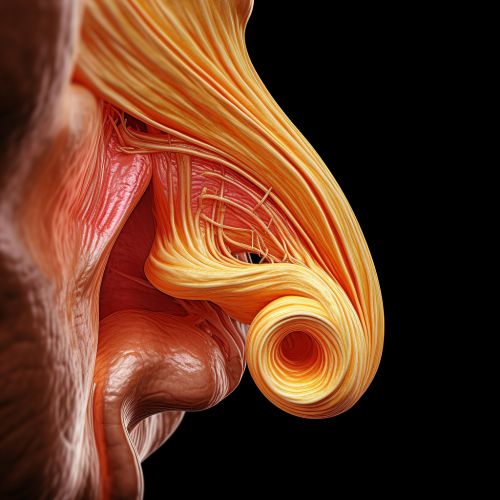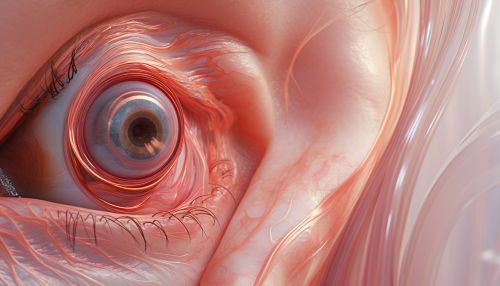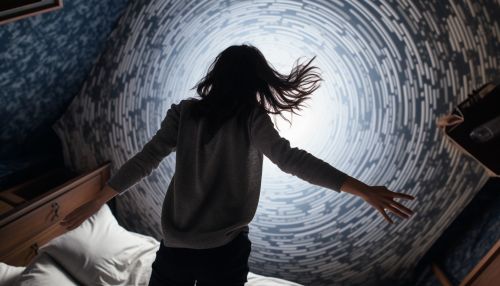The Science of Human Balance and Orientation
Introduction
Human balance and orientation, also known as equilibrioception, is a complex process that allows individuals to maintain their body's position in relation to the surrounding environment. This process involves the integration of multiple sensory inputs, including vision, proprioception, and the vestibular system, to produce motor outputs that maintain balance and orientation.


Sensory Inputs
Vision
Visual input plays a crucial role in maintaining balance and orientation. The visual system provides information about the body's position and movement in relation to the surrounding environment. This information is used to adjust body position and movement to maintain balance.
Proprioception
Proprioceptive input provides information about the position and movement of the body and its parts. This information is gathered by proprioceptors located in the muscles, tendons, and joints. Proprioceptive input is essential for maintaining balance, especially when visual input is absent or unreliable.
Vestibular System
The vestibular system, located in the inner ear, provides information about head position and movement. This system consists of three semicircular canals and two otolith organs. The semicircular canals detect rotational movements, while the otolith organs detect linear movements and the force of gravity.


Integration of Sensory Inputs
The brain integrates sensory inputs from the visual, proprioceptive, and vestibular systems to maintain balance and orientation. This integration occurs in the cerebellum and the brainstem, which generate motor outputs to adjust body position and movement.
Motor Outputs
Motor outputs to maintain balance and orientation are generated by the cerebellum and the brainstem. These outputs are transmitted to the muscles via the motor neurons. The muscles then contract or relax to adjust body position and movement.
Disorders of Balance and Orientation
Disorders of balance and orientation can result from problems in any part of the balance and orientation system. These disorders can cause symptoms such as dizziness, vertigo, and loss of balance. Some common disorders of balance and orientation include Meniere's disease, vestibular neuritis, and benign paroxysmal positional vertigo.


Conclusion
The science of human balance and orientation is a complex field that involves the integration of multiple sensory inputs to produce motor outputs that maintain balance. Disorders of balance and orientation can result from problems in any part of this system and can cause a variety of symptoms.
